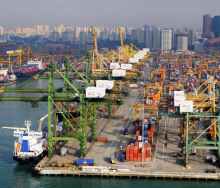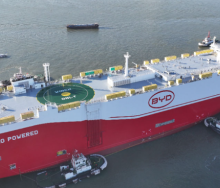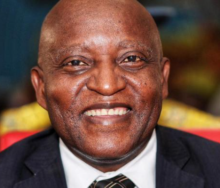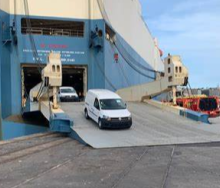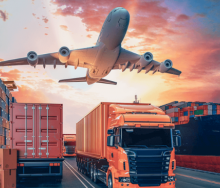South African exports to the tune of R27 billion a year are at risk following the introduction of the European Union’s Carbon Border Adjustment Mechanism (CBAM).
CBAM, a strategy for reaching the EU’s 2050 carbon emission-cutting goal, is expected to impact South Africa’s steel, aluminium, iron, cement, fertiliser, electricity and hydrogen exports. The mechanism is a new border tax that will be imposed on carbon-intensive products imported into the EU, which means South African exporters will have to pay tariffs on carbon prices equivalent to EU manufacturers.
City Press reports that a policy document issued by research group, Trade & Industrial Policy Strategies, said iron and steel exports faced significant risk, since about 26% in value of products included in the CBAM are exported to the EU.
Iron and steel exports covered in the CBAM, accounted for 4% of South Africa’s total exports in 2021.
South Africa’s heavy reliance on coal-based power generation makes it one of the largest carbon-intensive exporters to the EU that will likely be slapped with the new tariffs, diminishing the value of the country’s future exports and its competitiveness.
“The CBAM will impose significant compliance costs. Exporting firms will have to account for, report and verify the embedded emissions in their products,” the policy brief said.
South Africa’s exports have faced a tumultuous time over the past few months and the value of imported goods was more than it exported at the start of 2023, recording a preliminary trade balance deficit of R23.05 billion in January.
According to South African Revenue Service, the deficit was due to exports reaching R139.36 billion and imports totalling R162.41 billion. This marked a year-on-year decline from January 2022, when the country recorded a R4.64 billion trade balance surplus.
When Botswana, Eswatini, Lesotho and Namibia are excluded, the preliminary trade balance deficit balloons to R30.26 billion, way above the R2.63 billion trade balance deficit recorded for the whole of 2022.
Meanwhile, exports of new vehicles declined by 11.5%.
The National Association of Automobile Manufacturers of South Africa’s (Naamsa) New Vehicle Sales report for February 2023 noted a YoY decrease in the exporting of vehicles and automotive components.
Units decreased to 30 409 units in February 2023 from 34 352 units in February 2022.
Naamsa blamed the performance of the new vehicle market on the cost-of-living crisis, a depressed economy and ongoing structural problems affecting sales.
However, despite these factors and the challenge of loadshedding, Naamsa forecasts that domestic and international sales should rise in 2023.
“While momentum for the new vehicle market has been slow, it is forecast that domestic sales will grow by 6.3% and export sales will grow by 8.3% in 2023,” Naamsa said.




